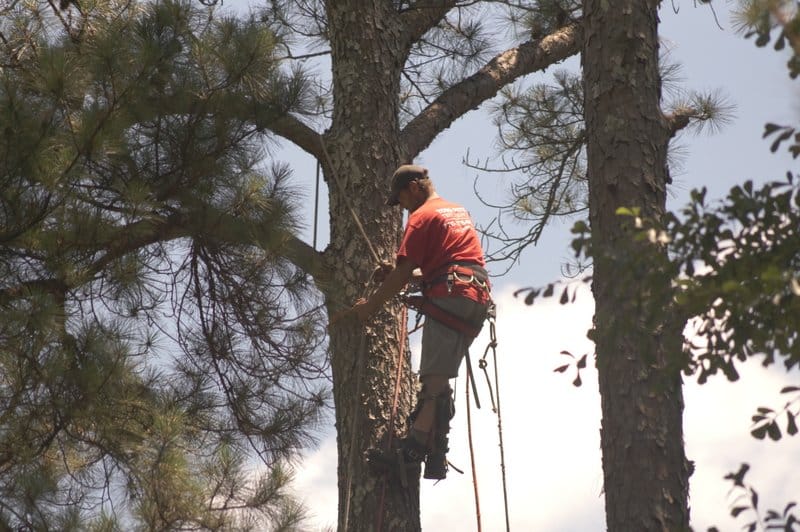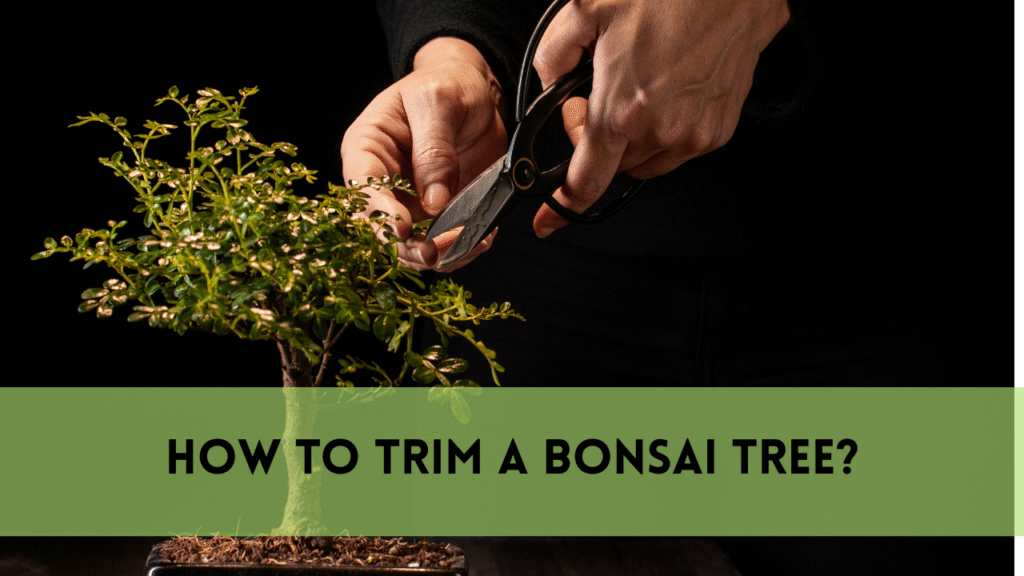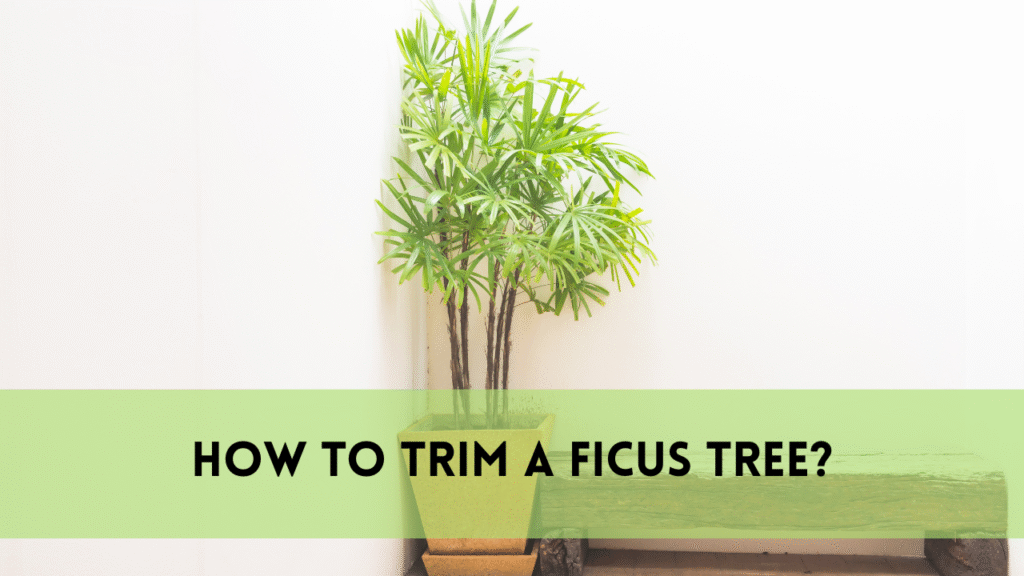If you’ve ever been in awe of North Texas’s amazing beauty during the spring, you’ve probably been mesmerized by the vivid display of trees that are blooming. In addition to bringing color to the environment, these natural treasures support the ecological diversity of the area. This blog will take us on a lovely tour of the fascinating world of flowering trees in North Texas, examining their special qualities, advantages, and the enchantment they bestow upon our surroundings.
Spring time in North Texas: A Symphony of Blooming Flowering Tree
Springtime in North Texas is nothing short of a spectacular show. A rainbow of hues appears when the winter chill fades, transforming the previously lifeless branches into a canvas of blossom. The area’s many and enthralling flowering trees are the focal point of this seasonal metamorphosis.
Encouraging Diversity: Dogwood Delight’s Floral Tapestry in North Texas
The Dogwood is one of the most popular flowering trees in North Texas. The Dogwood tree, with its graceful white or pink blossoms, is a representation of perseverance and purity. These wonders, which are frequently found in both developed and untamed settings, undoubtedly endow the area with appeal.
Redbud Celebration in North Texas
The Redbud tree is a major participant in the springtime extravaganza in North Texas. Its vivid purple or pink blossoms contrast captivatingly with the verdant leaves. These trees contribute significantly to the local ecosystem in addition to being beautiful landscape elements.
Selecting the Correct Trees for Your Landscape: Sowing the Seeds of Knowledge
Things to Take Into Account to Choose the Ideal North Texas Flowering Trees
It takes significant thought to choose the ideal flowering tree for your North Texas landscaping. Climate, sunshine exposure, and soil type are just a few of the critical elements that affect how well these botanical marvels flourish. Seeking advice from nearby nurseries or horticulturists might yield insightful information catered to the unique requirements of the area.
Well-liked Types of Flowering Trees
Prunus mexicana, or Mexican plum: A natural treasure that thrives in the climate of North Texas, the Mexican plum is prized for its fragrant white flowers. Its early spring flowers, which herald the end of winter, are a beacon of optimism.
Yaupon Holly (Ilex vomitoria): Although it is most recognised for its evergreen foliage, the Yaupon Holly astonishes with its subtle white blossoms, which give the landscape a delicate touch. Gardeners in North Texas love it for its versatility.
Laagerstroemia spp., or Crape Myrtle: The Crape Myrtle is a well-liked classic that brightens the area with its long-lasting blooms. These trees, which come in a variety of colours, give streets, parks, and gardens a joyous feel.
Taking Care of Our Floral Companions: Advice for Tree Growth and Maintenance
Wetting Wisdom for Flowering Trees
Flowering trees in North Texas require regular watering to stay healthy and vibrant.
Although these trees can withstand dry spells, regular irrigation during dry spells guarantees strong development and an abundance of flowers the next spring season.
Pruning Methods
Pruning flowering trees on a regular basis maintains their aesthetic appeal and improves the general health of the trees. By removing unhealthy or dead branches, you can improve airflow and solar radiation penetration, which lowers your risk of fungal diseases and promotes a healthy canopy.
Fertilising Principles
Strong growth and copious flowering can be achieved by applying a balanced fertilizer early in the spring. But it’s important to heed advice and refrain from over fertilizing, as this might result in an abundance of foliage at the expense of flowers.
The Ecological Ensemble: North Texas’s Benefits to the Environment from Blooming Trees
Beyond their aesthetic beauty, blossoming trees in North Texas are vital to the health of the surrounding ecosystem.
These defenders of the environment support: The improvement of wildlife habitats
Pollinators are important for the pollination of many plant species, and the blossoms of flowering trees draw bees and butterflies. The trees also give birds cover and places to nest, which adds to North Texas’ abundant biodiversity.
Enhancement of Air Quality
Blooming trees help to purify and improve the quality of the air by absorbing carbon dioxide and releasing oxygen through the process of photosynthesis. The influence of urban development on the quality of the air in the region is lessened by this natural air-purifying effect.
Enhancement of Soil Health
Blooming trees’ roots contribute to better soil structure and reduce soil erosion. This is advantageous to the trees themselves as well as to the surrounding vegetation’s general health.
Developing Respect for Flowering Trees in North Texas
It’s simple to lose sight of the natural treasures all around us in the rush and bustle of contemporary life. Flowering trees in North Texas provide a gentle reminder of the tenacity and beauty found in the natural world with their spectacular yearly display. It is our duty and honor as environmental stewards to foster an appreciation for these botanical marvels and guarantee their survival for future generations.
FAQs
Which flowering trees do well in the climate of North Texas?
A variety of flowering trees can be found in North Texas, such as the hardy Dogwood, the colorful Redbud, and the traditional Crape Myrtle. These species have adapted well to the soil and temperature of the area.
How can I pick the ideal flowering tree in North Texas for my landscape?
When choosing a blooming tree, take climate, soil type, and sunlight exposure into account.
Do animals in North Texas find their way to blooming trees?
Yes, flowering trees increase biodiversity by attracting important pollinators like bees and butterflies with their blossoms. These trees also give birds a place to live and build nests.
What environmental benefits can flowering trees in North Texas provide?
In North Texas, flowering trees benefit the ecosystem in three ways: they improve soil health to minimize erosion, they sustain wildlife habitats, and they improve air quality through photosynthesis.
Conclusion
Flowering trees in North Texas tell a tale of resiliency, beauty, and ecological value. Every tree in the area adds to its own attractiveness, from the delicate Dogwood blossoms to the vivid hues of the Crape Myrtle. In addition to appreciating the beauty of spring, let’s accept our responsibility to preserve this natural heritage and make sure North Texas never loses its vibrant, vibrant, and everlasting flowering tree culture.





